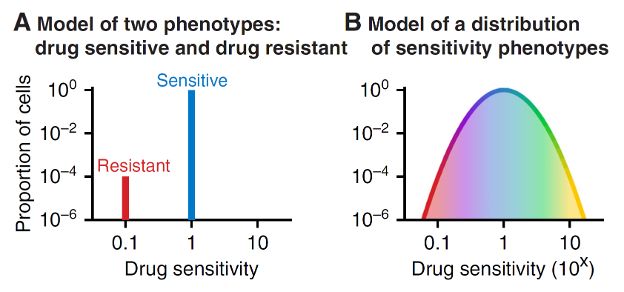Amy Pomeroy
@amypomeroy.bsky.social
21 followers
21 following
13 posts
computational cancer pharmacologist at UNC | modeling clinical trials of combination therapy
Posts
Media
Videos
Starter Packs
Amy Pomeroy
@amypomeroy.bsky.social
· Apr 10
Amy Pomeroy
@amypomeroy.bsky.social
· Apr 10
Amy Pomeroy
@amypomeroy.bsky.social
· Apr 10

Predicting the results of the POLARIX trial
Diffuse Large B-Cell Lymphoma (DLBCL) is the most common blood cancer with 18,000 new diagnoses each year (lymphoma.org). It is typically treated with the five-drug combination R-CHOP, which includes ...
www.amypomeroy.com
Amy Pomeroy
@amypomeroy.bsky.social
· Apr 10
Amy Pomeroy
@amypomeroy.bsky.social
· Apr 10
Amy Pomeroy
@amypomeroy.bsky.social
· Apr 10
A model of intra-tumor and inter-patient heterogeneity explains clinical trials of curative combination therapy for lymphoma
Abstract. Models of tumor drug response have illuminated important concepts in oncology, but there remains a need for theory that combines intra-tumor and inter-patient heterogeneity to explain patien...
doi.org
Reposted by Amy Pomeroy
Reposted by Amy Pomeroy








